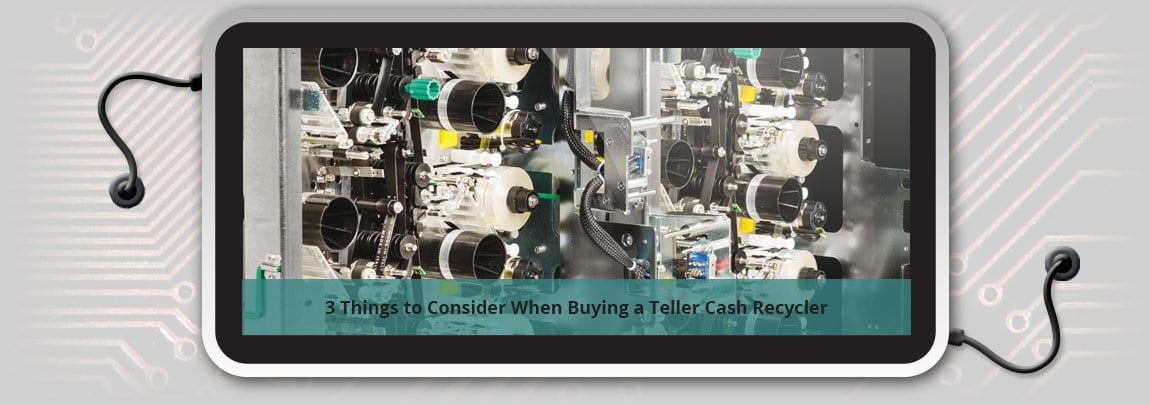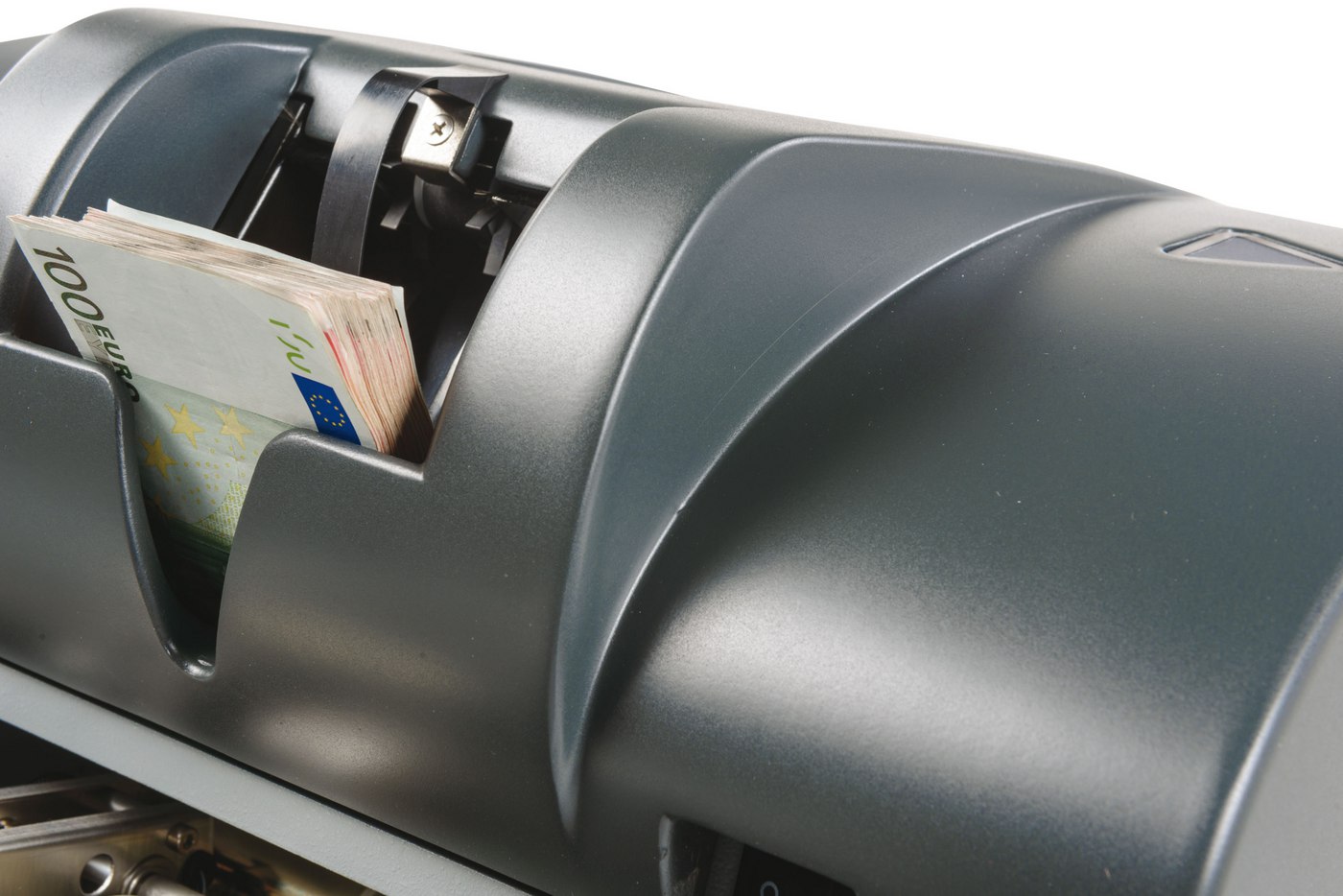3 Things to Consider When Buying a Teller Cash Recycler
You have researched the market for what you can do to make your branches more efficient and help streamline the customer experience. You’ve read...


The adoption of cash automation technology, specifically teller cash recyclers, has continued to grow in the US. There are new players coming to market and the perennial powers are struggling to maintain dominant market share. With the wide variety of hardware choices out there, one of the most confusing, and perhaps contentious, parts of the customer buying journey is truly understanding how to integrate cash automation to the teller system and how the staff will adapt. In the following, we aim to debunk some of the myths out there about middleware and the fact that a very large percentage of cash automation units installed in regional and community financial institutions are driven by middleware.
The term lovingly referred to as “double keying” is deeply embedded in the core software house playbook on how to sell direct integration over middleware. At some point, about 10-15 YEARS ago, this was a valid topic for discussion. Double keying refers to the act of the teller having to key values into both the teller system and the recycler program. This action would be duplicitous and allow for errors to be made. However, every middleware platform I can think of today no longer requires double keying. The soft integration to the teller system screens typically requires a press of 1 button (often called a “hot key”), which grabs the values from the teller system to send to the recycler. Then, the teller system repopulates with the values from the middleware without the teller having to key anything more than once. I am still amazed when working with clients that core providers will still cite this as a reason for direct connect integration modules, because it is just simply FALSE and outdated information!
Middleware vs Direct Integration
This is another myth that goes back to a lack of understanding of the current middleware process versus 10-15 years ago. The integration has gotten so tight, that for the teller it’s very difficult to tell the difference in workflow during the day. At the transaction level, there is literally the difference between clicking the mouse once and something happening versus pressing a hotkey. So, to be fair is there an extra step in the process with middleware? Yes. The nice part of a direct connect is that most direct connect providers will update the cash drawer totals in real time to constantly drive a correct cash balance. In a middleware environment, the real total is a combination of what the teller system is showing and what the recycler software is showing. Most clients simply do one NET ticket at the end of day for balancing, a process which takes approximately 1-2 minutes to balance. A direct connect may be 50% faster at the end of the day, assuming the teller is in balance. If the teller is out of balance, it becomes a very difficult process to get back to balance, which requires time to research. In middleware, if totals aren’t correct for the teller, its often as simple as going back to look at the journal to find where a mistake could have been made.
If you look at the overall workflow process for a teller on middleware versus a good direct connect, there is likely 1 extra step total, and that step makes up about .01% of their day.
Now that there have been several newer, better recycler options that have entered the market in the last 24 months, the likelihood of a device being developed by a software house has significantly decreased. So, for them to sell you on their direct connect module, they must recommend a recycler that is already developed. The fact of the matter is that by using middleware, you can select from a wider variety of automation solutions ensuring that you purchase the device that is best for your business, and have it work no matter what teller system you are using. This puts you back in control of your destiny rather than being limited to a smaller direct connect “approved vendor” device list that has been dictated by the core.
Middleware has come a long way over the last 10 years. The integration to your teller system is very tight, no double keying is required, and it may even catch some teller mistakes that a direct connect may not. If you have more questions about middleware and recyclers, please reach out to us. We are here to help!

You have researched the market for what you can do to make your branches more efficient and help streamline the customer experience. You’ve read...

There are several components to understanding the costs associated with purchasing a cash recycler. If you are still unclear on the benefits of the...

A cash recycler is an amazing wonder of technology, even to those of us in the business. I am reminded when I am on-site for installs, when those...